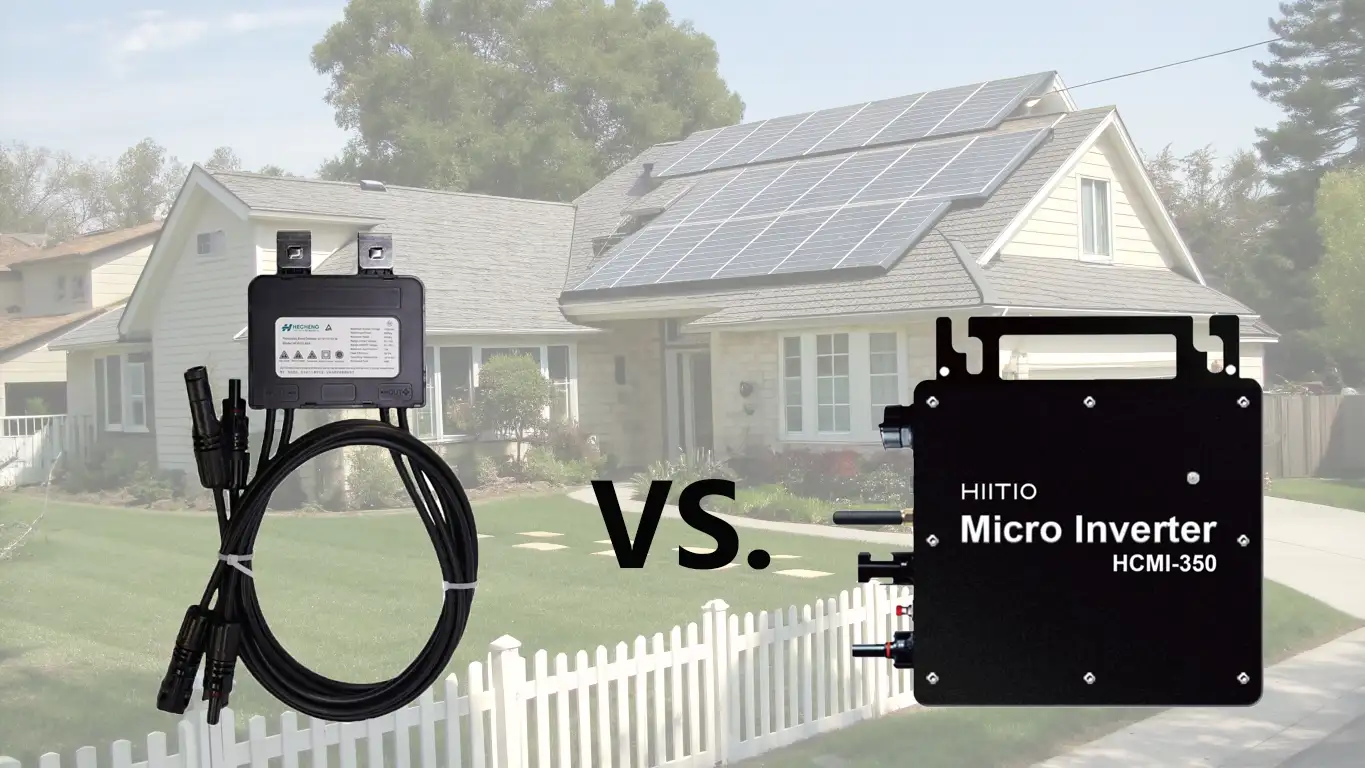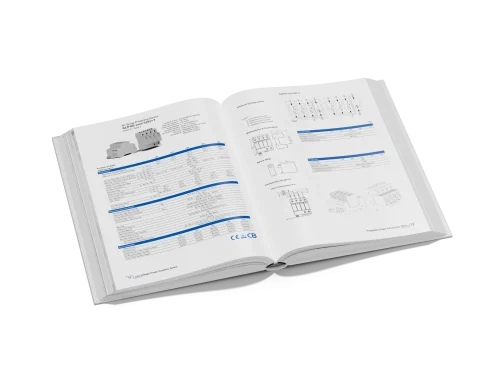Module-level power electronics (MLPE) have become the default for modern rooftop PV because they lift energy yield, simplify O&M through per-module telemetry, and satisfy rapid-shutdown safety codes. Two MLPE approaches dominate: microinverters (per-module DC-AC conversion) and power optimizers (per-module DC-DC conditioning that still feeds a string/central inverter).
Both deliver module-level MPPT and monitoring, but they differ in architecture, design flexibility, reliability profile, safety posture, efficiency stack, and lifecycle cost. This guide explains those differences and offers a selection framework, developers and procurement teams.
Recommended read:
What is a home solar energy system and what does it consist of
Quick Definitions
Microinverter: A compact inverter mounted at each module that converts DC to grid-synchronous AC on the roof. Every module has its own MPPT, exports AC down an AC trunk, and removes the DC string inverter from the design. Typical modern units have CEC weighted efficiency around ~97% and support wide ambient temperatures.
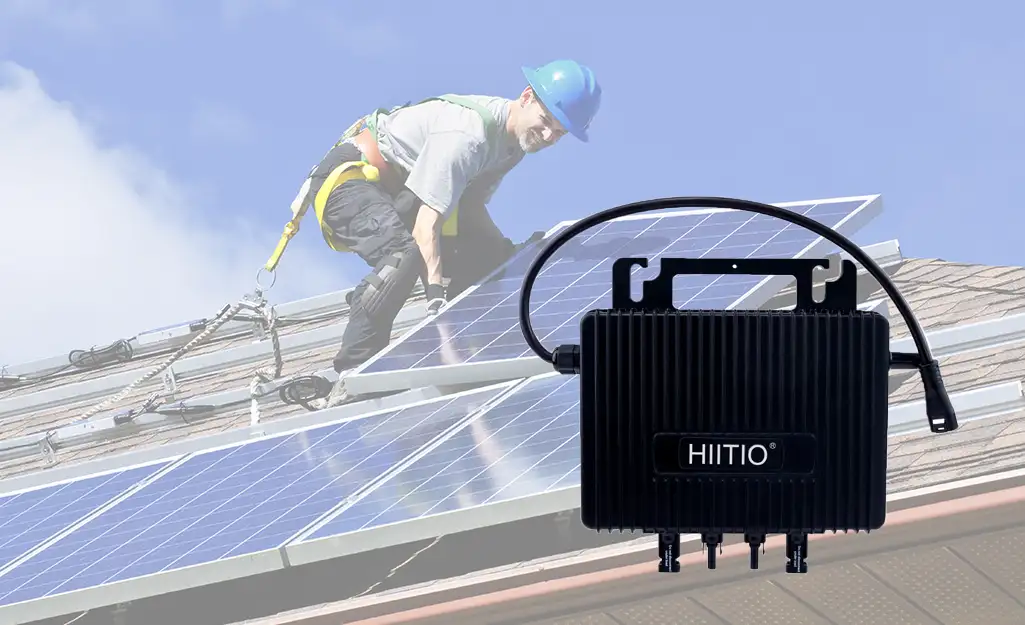
Power optimizer: A DC-DC device at each module that performs module-level MPPT and voltage/current conditioning while keeping a central or string inverter in the system to do the DC-AC conversion. Many implementations operate with a fixed string voltage window to simplify design.

How They Work
| Attribute | Microinverter | Power optimizer |
|---|---|---|
| Conversion point | DC→AC at each module | DC→DC at each module; DC→AC at string inverter |
| MPPT granularity | Per module | Per module |
| Array bus | AC trunk | High-voltage DC strings |
| Single point of failure | None at array level (branch circuits continue if one unit fails) | Central inverter remains a system-level dependency |
| Monitoring | Per-module | Per-module (via optimizer platform) |
| Typical CEC efficiency (module device) | ~97% per unit | Optimizer ~99–99.5% + inverter ~97–99% (stacked) |
| Rapid shutdown | Intrinsic to AC architecture | Via MLPE functionality commanding <80 V within array boundary |
Dig deeper with our article:
Micro Inverters: The Pros and Cons for Your Solar Power System
Safety and Reliability Design of Microinverters
All You Should Know About Rapid Shutdown Devices (RSD)
Where They Are the Same
Module-Level MPPT & Mismatch Mitigation
Both architectures isolate shading, soiling, or degradation to the affected module, reducing cascade losses versus plain strings. This is table stakes for MLPE.
Module-Level Monitoring
Per-module telemetry shortens troubleshooting and supports performance guarantees in SLAs.
Code Compliance
Both are widely used to meet NEC rapid-shutdown rules when properly designed and commissioned.
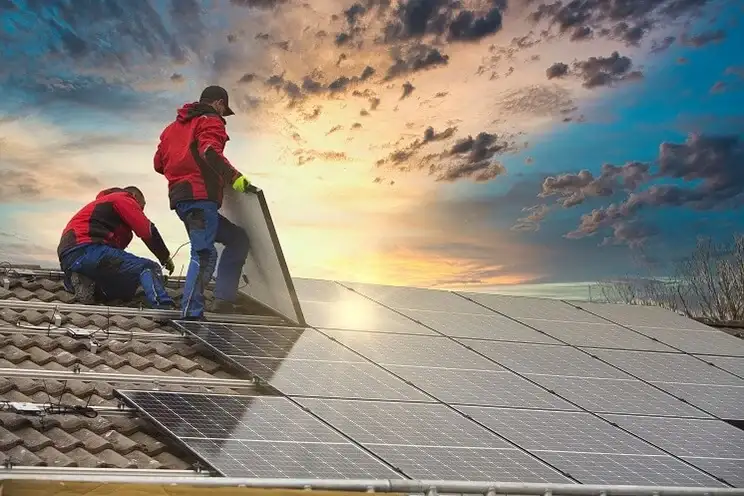
Where They Differ
1. System Architecture & Design Flexibility
Microinverters decouple design from DC string rules. Mixed orientations, multiple roof planes, and small module counts per branch are straightforward. AC combining and protection follow familiar electrical practices.
Optimizers retain a DC backbone and a string inverter. Fixed-string-voltage designs can be highly flexible (longer strings, simpler calculations) but still require the central inverter’s operating window and placement.
When it matters: Fragmented rooftops, frequent tilt/azimuth changes, or phased capacity additions often favor microinverters; uniform arrays with centralized equipment rooms often favor optimizers.
2. Reliability & O&M Model
Industry data consistently shows inverters are among the most common sources of PV downtime. Microinverters remove the single, high-power DC-AC converter from the design, trading one large failure domain for many small ones; a failed microinverter generally only takes down its host module.
Optimizer systems still depend on the central/string inverter—if that unit fails, production for the connected strings stops until replacement, though field-proven inverter MTBFs continue to improve.
Thermal environment: Both microinverters and optimizers live under modules and must handle rooftop heat; string inverters (in optimizer systems) can be mounted off-roof in cooler locations, which can benefit longevity. NREL reliability work highlights thermal cycling as a key stressor for inverter electronics.
Practical take: For sites where truck-roll minimization and graceful degradation are paramount (e.g., remote O&M, critical uptime), microinverters’ distributed architecture is attractive. For sites with easy access to a central equipment pad and robust spares logistics, an optimizer + string inverter topology can be equally serviceable.
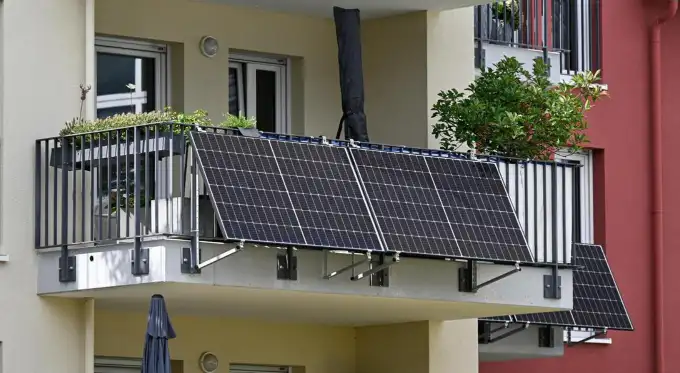
3. Safety Posture and Code
Microinverters place only AC on the home run, meaning there is no persistent high-voltage DC on the roof or in the conduit during normal operation; rapid shutdown is inherent to the architecture when the branch is de-energized.
Optimizers can drop string voltage to code-compliant levels on command and satisfy module-level shutdown when paired with compatible inverters and RSD logic. Designers must verify device pairings and wiring topology for NEC 2017/2020 jurisdictions.
4. Efficiency Stack & Energy Yield
Microinverter conversion occurs at each module—modern CEC weighted efficiencies are around 97% with low night consumption—so array energy is the sum of many small conversions.
Optimizer systems incur tiny DC-DC losses at each optimizer plus the string inverter’s DC-AC loss; the combined stack can equal or exceed microinverter performance depending on operating conditions and clipping behavior.
Bottom line: In real-world deployments with partial shading, module temperature gradients, and soiling, both architectures typically land within a few percentage points of each other in net yield—site conditions and design quality dominate.

5. Scalability & BOS Implications
Microinverters scale linearly—add modules, add microinverters, extend the AC branch within nameplate limits—ideal for small C&I and residential.
Optimizers scale efficiently into larger C&I by concentrating power electronics budget on the roof while keeping high-power conversion centralized, which can reduce the count of AC combiners and conductors for large arrays.
6. Storage & DER Integration
Optimizer + hybrid string inverter paths are common for DC-coupled storage on C&I sites; the central inverter may integrate battery ports or DC buses.
Microinverters pair naturally with AC-coupled storage; they avoid DC-bus rework but involve additional AC coupling stages. Choose based on whether your site prefers DC- or AC-coupled storage topology, interconnection rules, and backup requirements.
7. Cost & TCO
CapEx patterns vary by region and labor rates. Microinverters often price competitively up to small C&I sizes when labor simplicity and reduced design time are counted; optimizer systems often win pure hardware $/W at larger scales. Opex depends on your O&M model and failure-domain preferences (distributed small units vs. occasional central inverter swap). Independent fleet benchmarks and your own service data should guide TCO assumptions.
Selection Framework
Choose Microinverters When…
- Roofs are complex: many azimuths/tilts, skylights, dormers, staggered module counts per plane.
- Uptime with graceful degradation is critical; losing one module is preferable to losing a whole string.
- You want purely AC homeruns and simplified rapid-shutdown behavior.
- Portfolio is heavy in small commercial (<250 kW) or residential, where design time and per-site variation dominate costs.
Choose Power Optimizers When…
- Arrays are uniform and large; centralizing DC-AC conversion improves equipment room accessibility and Balance of System (BOS) efficiency.
- You need DC-coupled storage paths or advanced grid support features available in your chosen string inverter family.
- You want per-module monitoring and mismatch control but prefer a fixed-string-voltage design experience.
Spec Checklist for Procurement
- Module compatibility & clip limits: Confirm optimizer/microinverter current/voltage windows vs. your module STC/NOCT values.
- Branch/string rules: Maximum devices per branch (microinverters) or per string (optimizers), conductor ampacity, and over-current protection. Datasheets list branch limits .
- Thermal rating: Operating range to at least −40 °C…+60 °C (or better) with derating curves.
- Communications & monitoring: Gateway selection, network topology, cybersecurity posture, data retention.
- Grid code & certifications: UL 1741 SA / IEEE 1547, rapid-shutdown compliance documentation, and utility pre-cert lists.
- Warranty & service: Term alignment across MLPE, inverter, and modules; RMA logistics; sparing strategy.
- Safety: Conduit fill, labeling, disconnects, and commissioning procedures per AHJ.
Related content you shouldn’t skip:
Micro Inverters’ Communication Method and Monitoring Scheme
How to Choose the Right Micro Inverters?
Working principle and structural design of micro inverter
Frequently Asked Questions
Q: Which is “more reliable”?
A: Field studies show inverters are a frequent cause of PV downtime; microinverters remove the central inverter but add many small ones. Optimizer systems keep a central inverter but reduce mismatch losses. Your reliability strategy is architectural: choose your failure domain and sparing plan accordingly.
Q: Which yields more energy?
A: Under clean, uniform irradiance, differences are small. Under shading/soiling, both architectures with per-module MPPT recover energy that plain strings lose; detailed simulations and pilot data on your roof geometry are the best predictors.
Q: What about rapid shutdown?
A: Both solutions are mainstream compliance paths under NEC 2017/2020 when designed and commissioned correctly. Verify product combinations approved by the manufacturer and your AHJ.
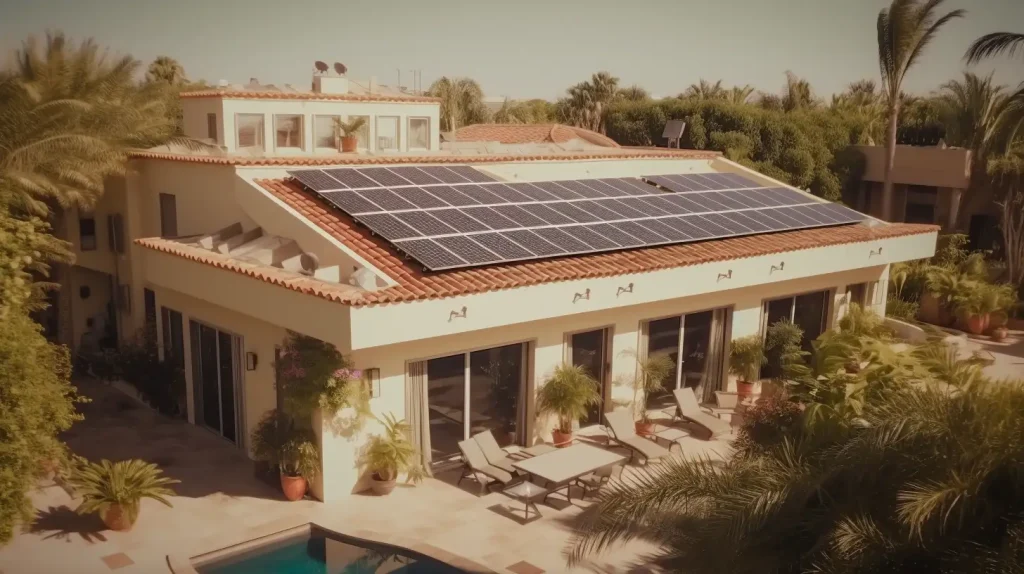
EXPLORE MORE HIITIO MICROINVERTER
Explore more insights in our related post:
Microinverters vs. String Inverters: Which Is Right for Your Solar System?
Top 10 Solar Optimizer Manufacturers 2024 updated
Top Microinverter Manufacturers in China
Why HIITIO Microinverters for Your Next Project
If you’re building a portfolio that spans varied roof types, tenant build-outs, and phased rollouts, HIITIO microinverters help you standardize on a single, repeatable AC architecture. You get module-level MPPT, per-module telemetry, and graceful degradation that keeps most of the array online even if a unit needs service. With wide temperature operation, robust surge protection, and enterprise-grade monitoring, HIITIO microinverters are engineered for high uptime and predictable O&M. Partner with HIITIO to shorten design cycles, reduce callbacks, and accelerate commissioning across residential and small-to-mid C&I programs.

